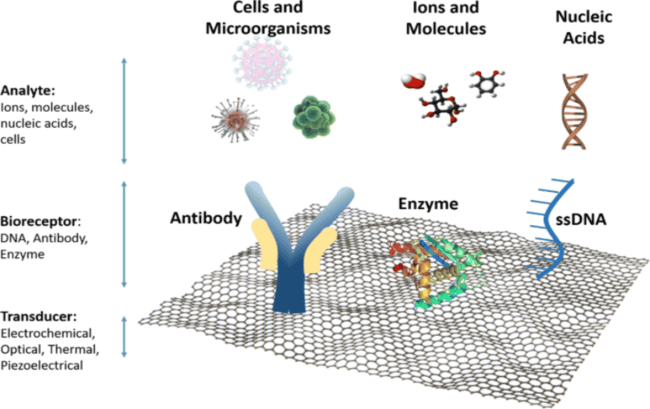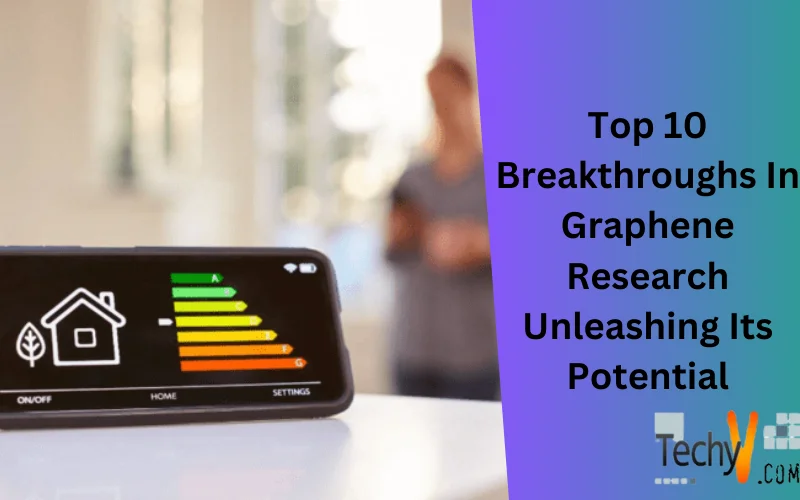Because it is strong, adaptable, light, and has a high resistance, graphene stands out. It is very strong, nearly more than 200 times stronger than steel and up to five times strong than aluminium. These characteristics make graphene useful in the fields of electronics, construction, health care, and energy. The excellent thermal and electrical conductivity, flexibility, hardness, lightness, and resistance of graphene stand out among its many other characteristics. These qualities reflect a true revolution and might be very helpful for innovation in several fields.
1. High-conductivity Batteries
Batteries might have a 10-fold boost in usable life thanks to graphene, which would also speed up charging and increase autonomy. It won’t be long until graphene takes the place of many of the present lithium batteries.
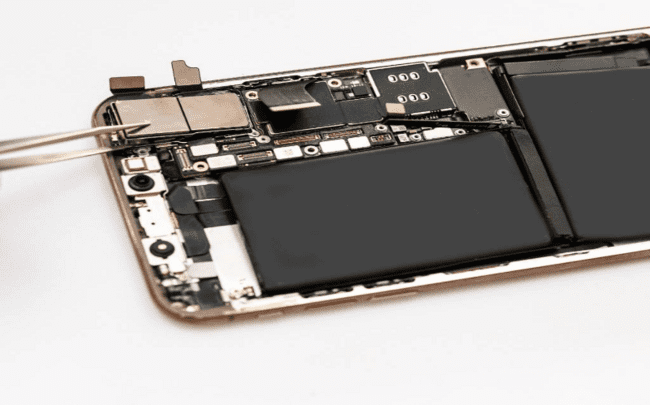
2. Lightness
Batteries for drones might be made out of graphene and would be stronger and lighter. Reducing the weight of these components, some of which are among the heaviest in technology, might be a fantastic invention. One of the biggest obstacles drones now face is reduced with the use of graphene.

3. Transparency And Flexibility
Graphene is a transparent material that absorbs some sort of light, and not all of it. It also can be used in flexible gadgets and develop various gadgets with great strength because of its design and flexibility. It can also be folded which reduces the risk of rupturing or breaking.

4. High Resistance
Graphene is a great conductor of electricity and it is also a resilient material. For instance, compared to present LED lights, graphene lightbulbs might extend the lifespan of each globe and use less energy. That means it not only longs laster than led but uses less energy.

5. Graphene In The Energy Sector
The production of rechargeable batteries using graphene might represent a significant advance in energy efficiency. Devices would be stronger and lighter because of this material’s ability to avoid overheating.
When used on various building materials, it might improve the home’s thermal regulation and reduce the need for air conditioning. Using graphene in paint as an illustration.
Finally, and with a much more upbeat outlook, it is believed that this development might signal a turning point for the renewable energy industry since the use of this material could provide far more energy than is now created.
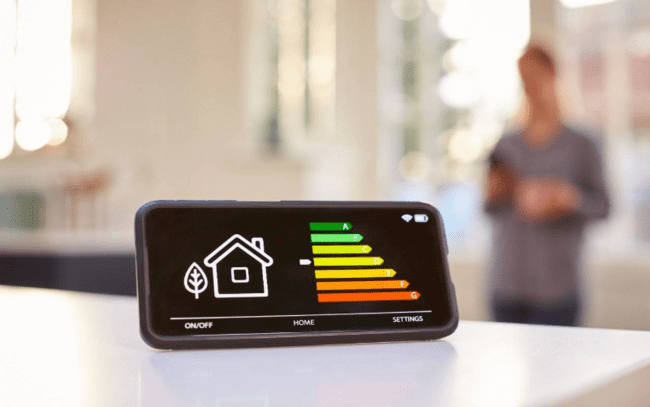
6. Graphene In Construction
Graphene is used widely in construction nowadays because of its durability, and its resistance to flammability. It is also very strong and long-lasting. The term green concrete is being used recently related to it and it is also good for the environment.

7. Graphene In Health
There is a wide range of graphene uses in biomedicine, which may be grouped into four primary categories: tissue engineering, transport (distribution) systems, and sensors. It works well as a material and is also employed in the production of hearing aids. Graphene provides utility and yields positive outcomes in the creation of prosthetic bones and muscles.

8. Graphene In Electronics
The electronics made from graphene are more small, light, and more effective than other devices. Industry uses this property of graphene in a wide range. Also, graphene is unreactive with moisture, which makes it immune to corrosion or rusting, which is also an important quality of this material.
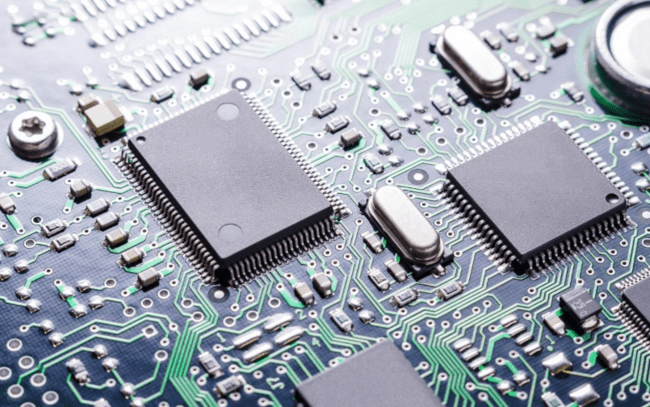
9. Graphene In Water Filtration
Water treatment refers to a method of primarily industrial operations that improve the quality of water for various applications, including drinking, medicinal, and more. A water treatment method is done to get rid of or lessen any impurities in the water so that it is safe to use. Specific procedures are designed for this filtration.
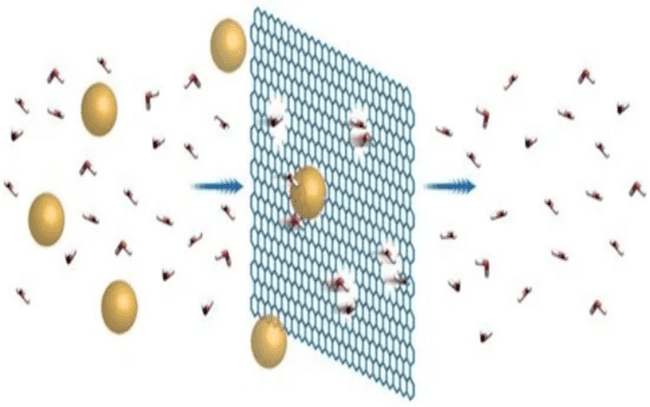
10. Sensing And Biosensing
Various sensing and biosensing activities are done with the help of graphene as the sp02 bonds can clearly be studied with graphene and also at the molecular level, it makes the sensing and study of how the acids or DNA react with each other.
